| 结构式 | 名称/CAS号 | 全部文献 |
|---|---|---|
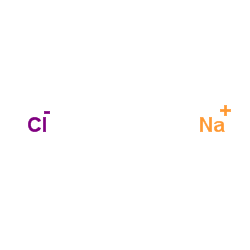 |
氯化钠
CAS:7647-14-5 |
|
 |
甲醇
CAS:67-56-1 |
|
 |
氯化钠-35cl
CAS:20510-55-8 |
|
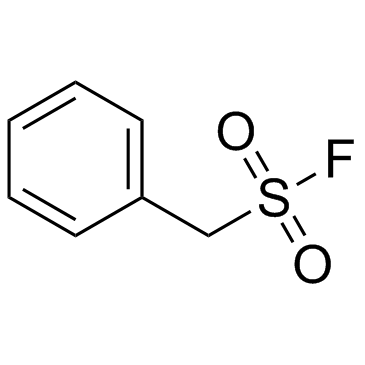 |
苄磺酰氟
CAS:329-98-6 |
|
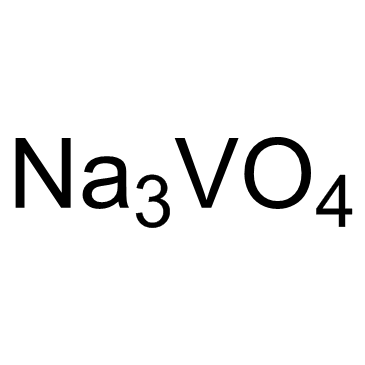 |
正钒酸钠
CAS:13721-39-6 |
|
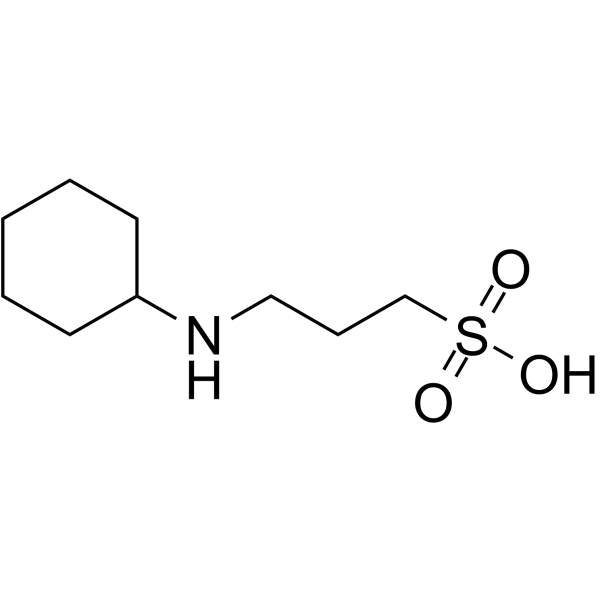 |
3-(环己胺)-1-丙磺酸
CAS:1135-40-6 |
|
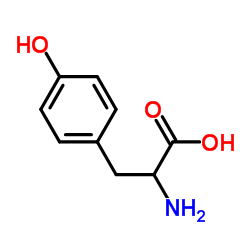 |
DL-酪氨酸
CAS:556-03-6 |
|
 |
重组人表皮生长因子
CAS:62253-63-8 |
|
 |
抑肽酶
CAS:9087-70-1 |